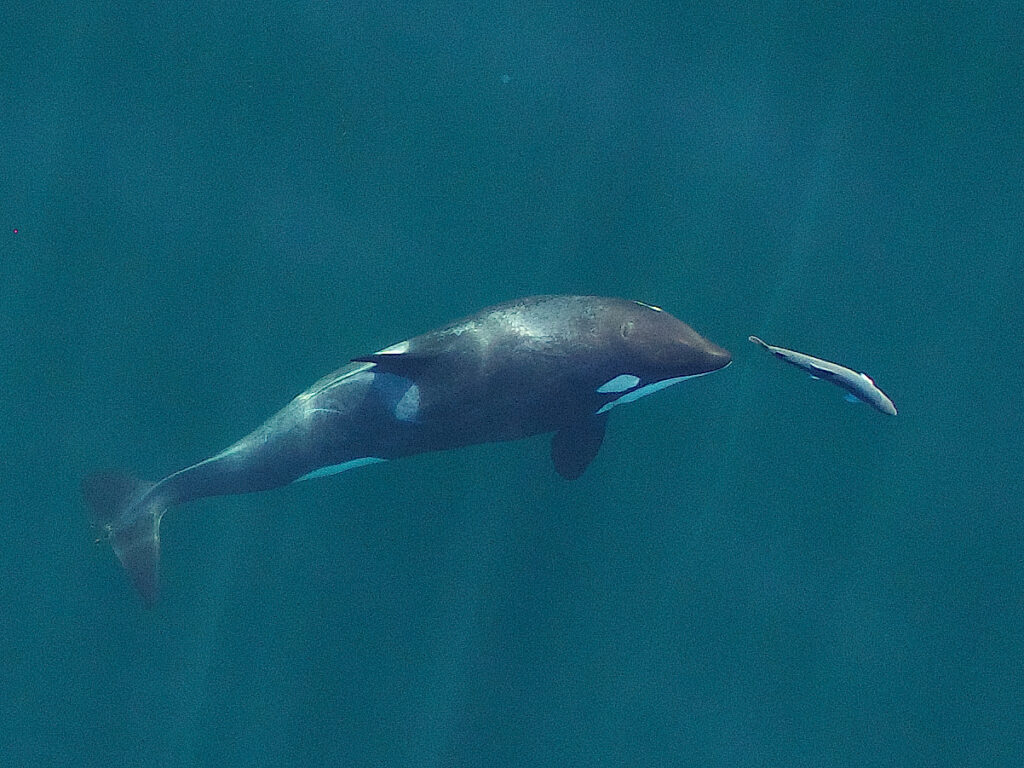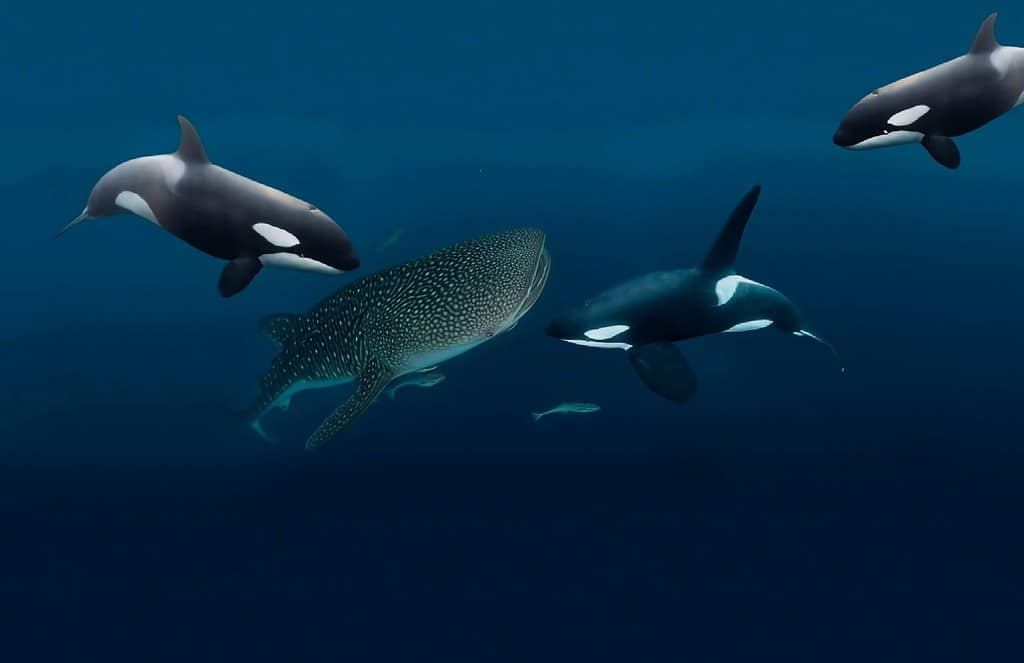Are Orcas Killing Dolphins for Sport or Spite?
In the stunning ecosystem of the Salish Sea, a strange behavior among Southern Resident killer whales has long mystified scientists. The Salish Sea includes the Puget Sound, the San Juan Islands, and the waters off Vancouver. Orcas, known mainly for their fish-based diets, harass and even kill porpoises like dolphins, yet leave them uneaten. A groundbreaking interdisciplinary study has now delved into this mystifying habit, offering some potential explanations.
Where Do These Orcas Live?
Orcas’ ocean habitats stretch from the icy Arctic and Antarctic regions to balmy tropics. Yet, it’s the Pacific Northwest’s Salish Sea that serves as the home for a unique subset. The Southern Resident killer whales, a critically endangered group of orcas.
How Many of Southern Resident Killer Whales Remain?
While global orca populations remain hard to count, there’s a focused lens on the Southern Resident killer whales. These endangered cetaceans are facing a swift decline in their numbers. Dwindling chinook salmon stocks, the cornerstone of the orcas’ diet, mainly drive this behavior. The Marine Mammal Commission estimates that only 74 Southern Resident killer whales remain.

©Oregon State University, CC BY-SA 2.0 – License
Endangered Apex Predators
Already endangered, the Southern Resident killer whales face multiple threats including salmon scarcity, vessel traffic, and pollution. It’s important to understand these seemingly paradoxical behaviors. They could offer deeper insights into the intricate ecological puzzle of the Salish Sea.
A Deep Dive into Six Decades of Data
The study, titled Harassment and killing of porpoises (“phocoenacide”) by fish-eating Southern Resident killer whales (Orcinus orca), is a robust collaboration led by Deborah Giles of Wild Orca and Sarah Teman of the SeaDoc Society. It also includes input from the University of Exeter and NOAA. They carefully observe contacts between killer whales and porpoises in the Salish Sea over an impressive span of time: from 1962 to 2020.

©Vladimir Turkenich/Shutterstock.com
Not Just Random Acts: The Cultural Enigma
The research suggests that this behavior is not isolated or random but culturally transmitted across different pods. Not confined to a single age or sex, these behaviors seem to cascade down matrilines. These are the family units of adult females and their offspring. This strongly indicates possible “cultural inheritance.”
Why Do They Harass Porpoises?
Strange enough, both male and female orcas of varying ages engage in this behavior. Further, juvenile females show the highest rates of such acts. The researchers propose three main theories:
1. Social Play
With complex social structures, orcas often partake in playful activities. This behavior isn’t unique to Southern Residents and also occurs in killer whales off the Iberian Peninsula.
2. Hunting Drill
Younger orcas may use porpoises as practice targets, honing their hunting skills without needing to consume their prey.
3. Misguided Care
A form of “misparenting” or “displaced caregiving” may be at play. Especially among females who have fewer chances to raise offspring due to environmental stressors.
Ongoing Mystery in a Complex Society
Though strange, this behavior has deep roots in killer whale culture and may be influenced by a range of ecological and social factors. While the study doesn’t have all the answers, it sharpens our view of the Salish Sea’s intricate web of life.
Whether it’s sport, spite, or spurious parenting instincts, this important study serves as a vivid reminder of the myriad ways species and ecosystems intersect, intertwine, and impact one another, begging for not only our curiosity but also our understanding and conservation efforts.









